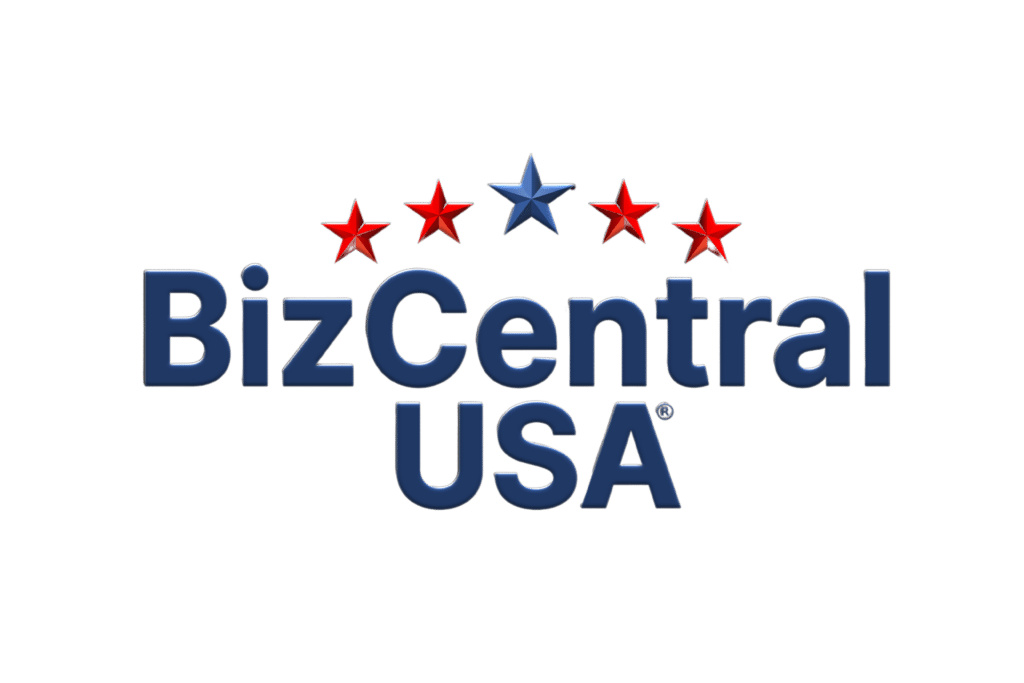In the dynamic landscape of government contracting, small business owners often find themselves navigating a complex web of rules, regulations, and procedures. Central to this intricate dance is the Federal Acquisition Regulations (FAR), a critical framework that governs how the U.S. government acquires goods and services. In this comprehensive guide, we delve into the importance of understanding FAR for small business owners seeking success in the competitive world of government contracts.
The Foundation of Government Contracting
Understanding the Basics of FAR:
The FAR serves as the cornerstone for government contracting, providing a standardized set of guidelines that federal agencies must follow when procuring goods and services. Small business owners must grasp the foundational principles of FAR to effectively participate in this marketplace.
Legal Compliance and Ethical Conduct:
FAR not only outlines the procedures for procurement but also emphasizes legal compliance and ethical conduct. Small businesses that understand and adhere to these regulations position themselves as reliable partners in the eyes of government agencies, enhancing their credibility and fostering trust.
Navigating the FAR Landscape
FAR Structure and Organization:
Diving into the intricacies of FAR’s structure, small business owners will learn about the various parts, subparts, and clauses that constitute this regulatory framework. A systematic understanding of FAR’s layout is crucial for efficiently locating and interpreting the relevant information.
Staying Updated with Amendments:
FAR is a living document that evolves with the changing needs of the government. Small business owners need to stay vigilant about amendments and updates to ensure their practices remain compliant with the latest regulations, avoiding potential pitfalls and setbacks.
FAR and Small Business Opportunities
Set-Aside Programs and FAR:
FAR plays a pivotal role in the implementation of set-aside programs designed to support small businesses. Understanding the nuances of these programs, such as the Women-Owned Small Business (WOSB) Federal Contracting Program, enables small business owners to identify and pursue opportunities tailored to their capabilities.
Leveraging Socioeconomic Factors:
FAR recognizes the importance of socioeconomic factors in government contracting. Small business owners, particularly those falling under categories such as 8(a), HUBZone, and Service-Disabled Veteran-Owned Small Business (SDVOSB), can leverage their status to access exclusive set-aside contracts.
Procurement Procedures and FAR
Competitive vs. Non-competitive Procurements:
FAR delineates between competitive and non-competitive procurement processes. Small business owners must comprehend the distinctions, as each method presents unique challenges and opportunities. Developing strategies for success in both arenas is essential for sustained growth.
Proposal Development and Submission:
Crafting a compelling proposal is an art that small business owners can master by aligning with FAR requirements. This section explores the key elements of effective proposal development, emphasizing the importance of clarity, conciseness, and compliance.
Compliance and Risk Mitigation
Financial Considerations and FAR:
FAR imposes financial responsibilities on contractors, ranging from cost accounting standards to billing and payment procedures. Small business owners need to proactively address these financial considerations to ensure compliance and avoid potential penalties.
Mitigating Legal Risks:
By understanding FAR’s legal framework, small business owners can proactively mitigate legal risks associated with government contracting. This includes navigating disputes, understanding termination clauses, and safeguarding intellectual property rights.
Building Relationships in Government Contracting
Networking with Contracting Officers:
Navigating the government contracting landscape goes beyond compliance; building relationships with contracting officers is equally crucial. This section offers insights into effective networking strategies that small business owners can employ to establish meaningful connections within the federal procurement ecosystem.
Collaboration and Teaming Arrangements:
FAR encourages collaboration through teaming arrangements and subcontracting. Small business owners will discover how to strategically form partnerships, enhance their capabilities, and access larger procurement opportunities.
Training and Resources for Small Businesses
Educational Programs and Workshops:
Small business owners seeking to deepen their understanding of FAR can benefit from various educational programs and workshops. This section explores available resources, both online and offline, that offer specialized training on FAR compliance and government contracting best practices.
Government Resources and Support:
Government agencies and organizations provide valuable resources to support small businesses in navigating FAR. This section outlines key platforms and initiatives that offer guidance, mentorship, and assistance in understanding and complying with FAR.
In conclusion, mastering the intricacies of FAR is not merely a regulatory obligation but a strategic imperative for small business owners in the realm of government contracting. Those who invest time and effort in understanding and aligning with FAR will find themselves well-positioned to unlock a myriad of opportunities, build fruitful relationships, and achieve sustainable success in this dynamic and rewarding marketplace.
